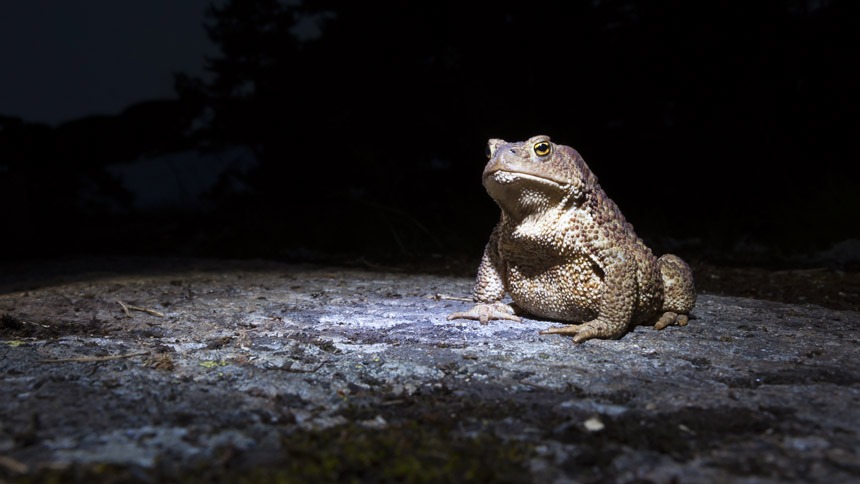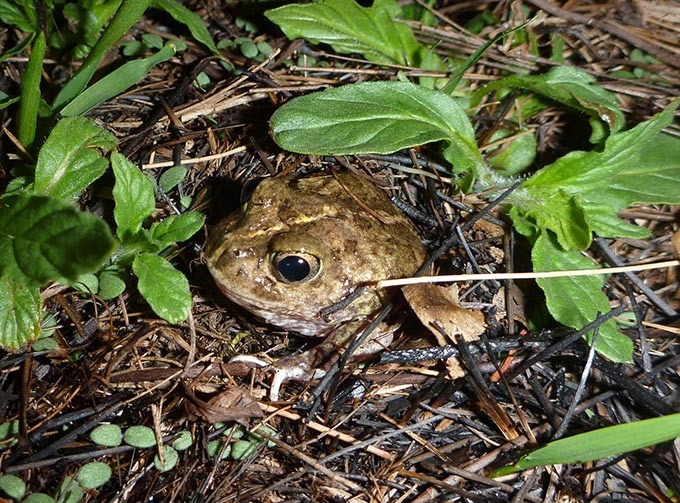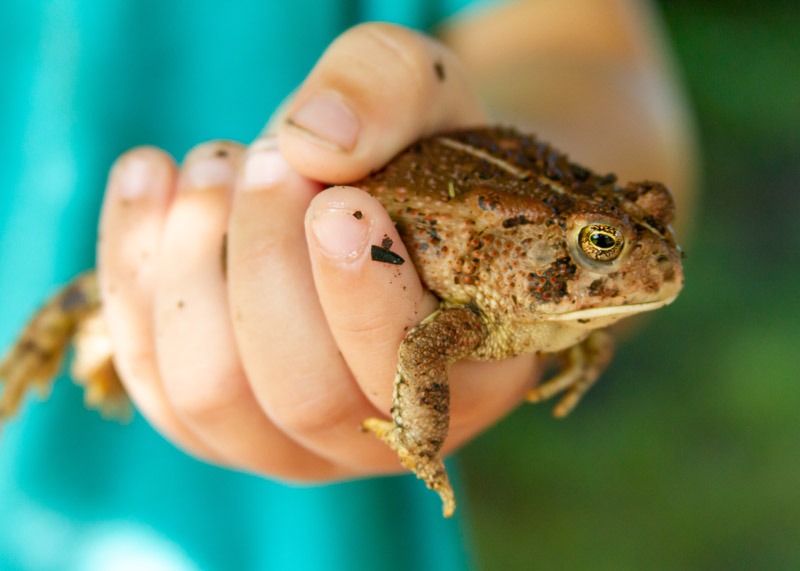
Where To Find Toads
Sure, toads are commonly mistaken for frogs but FYI – they are entirely different. If we were to check their physical features, habitat, and way of reproduction, we could easily determine that these two – toads and frogs are not quite the same.
But don’t get confused! Here’s a phrase to sum it all up – all toads are frogs but not all frogs are toads. Frogs and toads are considered “frogs” because they are in the same scientific order of “Anura”. Toads, technically, are part of the “true toad” family of Bufonidae.
Toads predominantly live on land and can generally be found in all continents except Antarctica. Every species needs a livable habitat, food, and water to survive. But due to the freezing cold that the latter offers, it would be impossible for most species, including toads, to hunt and survive in this climate.
While it is true that toads need water to survive, they are not as dependant on it compared to other amphibians. As we discuss further, we will get to know more about this animal – their way of living and where we could spot these interesting creatures.
Page Contents
Toads live on land
Since most toads live on land, the ideal locations where they live would be in semi-humid locations like forests, marshes, and conservation areas. They are typically found in grasslands, forests, and somewhat close to a body of water, even though they’re less dependent on water than frogs.
The reason behind such a statement is due to multiple purposes. Toads consider their survival, hence staying near aquatic areas means attracting food sources – insects, bugs, moths, and the like.
Also, these amphibians can easily be spotted in the following areas:
- Leaf piles
- Moist soil
- Under tree branches
- Mud
Tip: Even if they are good at hiding, still toads breathe through their lungs. Therefore, if you are a toad enthusiast and eager to find one, just look for a toad’s snout sneaking through a bunch of leaf piles, and tada! – there they are.
Toads like to burrow
Though toads live on land, they spend most of their time burrowed under leaves and fallen tree branches to keep themselves from direct sunlight. This technique allows them to be hydrated and escape the cold during the winter.

Toads are mostly “ambush predators”, which means they will burrow into the ground (with their heads or eyes sticking out) and wait for insects to walk by.
Also, one thing that is interesting about this creature, they have creative ways to retain their moisture. Since they barely go to the water unless necessary, they have to find ways to stay cool and hydrated. This leads to toads being found mostly in people’s backyards, plastic objects, trash bins, or planters.
But why? Well, these areas provide them with not only moisture but food and shelter, as well. Remember, it is where decaying materials and waste are where flies and insects gather around. Therefore, these insects serve as a toad’s meal.
Finding Toads
If you are an amphibian enthusiast, this might be the area you are most curious about. Kidding aside, these creatures could be found where there is a presence of humidity.
As previously stated, toads are capable of retaining their moisture. But how is it possible if they do not live on the water? Humidity is the key. Places such as people’s yards, gardens, or damp areas contain the humidity that toads would love to stay into.
Also, you can find toads hiding under tree logs, in leaf litter, or under branches, making humid areas near aquatic areas an ideal habitat for them.
Looking for toads during the day
During the daytime, you occasionally will find toads hopping around fields, but they are more likely to be in cool, damp areas. Under logs, in moist soil, in leaf litter, etc. They tend to spend the days in the shade, in cooler areas.

But don’t be disappointed if you are having a difficult time spotting toads in the daylight. Given the fact that toads hide well, you just have to look carefully.
Here are the areas where toads can be spotted:
- Under logs
- Moist soil or muds
- In leaf litters
- Under tree branches
Finding toads at night
Toads are mostly nocturnal, so they are more active at night. This is especially true during the springtime, after rain (this is the mating season). But if you are one up for a challenge, you can go out with a flashlight and look around for these little hopping creatures.
Also, toads like to spend time near residential areas with lights. Lights attract bugs and they take advantage of the surplus of bugs surrounding lights at night. Smart, right?
Here are a few places where you could find toads at night:
- On moist or humid grasses
- Marshes
- Conservation areas
- Forests
- Woodlands
- Swamps
- Near light sources (porch lights, etc)
Summary: Where do toads live?
Generally, toads are found on the ground (not in trees), near freshwater areas as this gives an advantage – food and, of course, water. Adult toads spend most of their time hiding behind leaf piles or branches of trees to hunt for food and because they enjoy areas with higher humidity.
As for the tadpoles, they spent the first stages of their life in the water. As soon as the tail disappears, they are now considered fully developed adult toads and are ready to live on land. If you’re interested, see this post: Facts about froglets.
Since toads have incredibly strong hind legs and toes, they use them to dig and eventually sink themselves into the mud or moist soil. During this moment, they stick their head out in order to catch the occasional insect that comes by.
As for finding toads, you just have to observe through your environment whether freshwater is present. If so, then most likely there are toads living nearby.
Also, these amphibians tend to be nocturnal. They are most active at night. Therefore, these toads will be hardly spotted during the daylight. Featured photo by lizmyosotis / Adobe Stock

One Comment
I live in Queensland and we have sooo many toads here, they are literally everywhere.